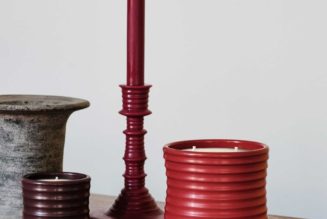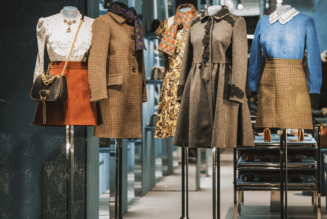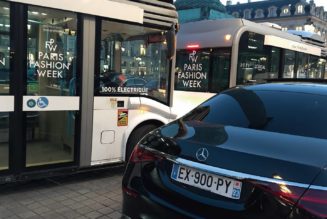
“The dupe, this new anti-crisis consumer habit observable on social networks, is not without complicating the fight against counterfeiting. Far from simply duplicating a logo or signature motif, dupes often fly under the radar, destabilizing the luxury industry. And yet, a whole legal arsenal remains at the disposal of the Houses to fight against a scourge that is becoming commonplace.”
More accessible and similar to the collections of their favorite Maisons, dupes are flooding the web, and younger generations are clamoring for more. These subtly crafted copies flirt with the borderline between blatant counterfeiting and the grey zone, except that they are much harder to spot. So how can you tell the difference between homage and copying?
The luxury industry and cheap imitations: a worrying situation
The coexistence of luxury fashion houses and ready-to-wear retailers is based on the tacit acceptance of the “inspiration” of certain collections by others, as a guarantee of the success of the original collection.
The emergence of duplicates, however, is tending to upset this balance: first perfumes, then cosmetics, clothing, jewelry and luggage have all become sectors affected by this phenomenon. Derived from the term duplicates, these low-cost (and low-priced) imitations of luxury products are promoted in particular by “influencers” via social networks and online blogs, generating in 2023 more than 6.2 billion views for the hashtag “#dupe” (i.e. dupe du sac Birkin by Hermès, dupe du baume Black Honey by Clinique…).
The attractiveness of the price, all the more so in times of inflation, seems to be the main motivation: according to EUIPO, “a third of Europeans believe that it is acceptable to buy counterfeit products when the price of the genuine product is too high”, a proportion that rises to 50% among younger people. This practice is not without consequences, with the clothing industry suffering the most from counterfeit products, “with an annual loss of revenue of almost 12 billion euros “. In the cosmetics sector, the French industry is the most affected by counterfeiting, “with annual lost sales of 800 million euros “.
What’s more, the specificity of “dupes” lies in the fact that they are similar to “silent” counterfeits, i.e. difficult to detect or only partially regulated by law: the resulting feeling of impunity is likely to encourage this purchasing practice.
In addition to a drop in sales, luxury brands suffer damage to their reputation (uniqueness and originality of products) and a devaluation of their brand, while smaller designers can be robbed by the giants of the copying industry.
Possible actions to combat these inappropriate “duplicates
Read also > [CHRONICLE] THE RENOWNED BRAND: A FORMIDABLE WEAPON BUT DIFFICULT TO WIELD
![[CHRONICLE] How can luxury brands combat dupes? - Luxus Plus](https://www.wazupnaija.com/wp-content/uploads/2024/04/chronicle-how-can-luxury-brands-combat-dupes-luxus-plus-1050x600.png)








